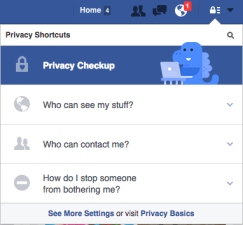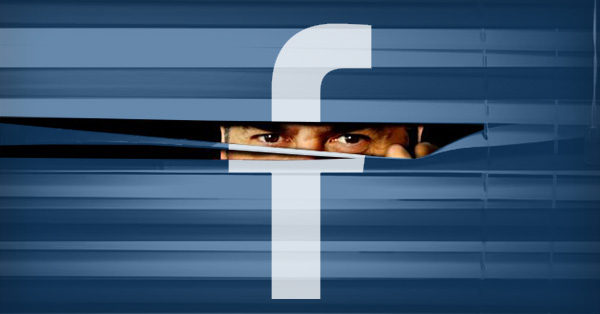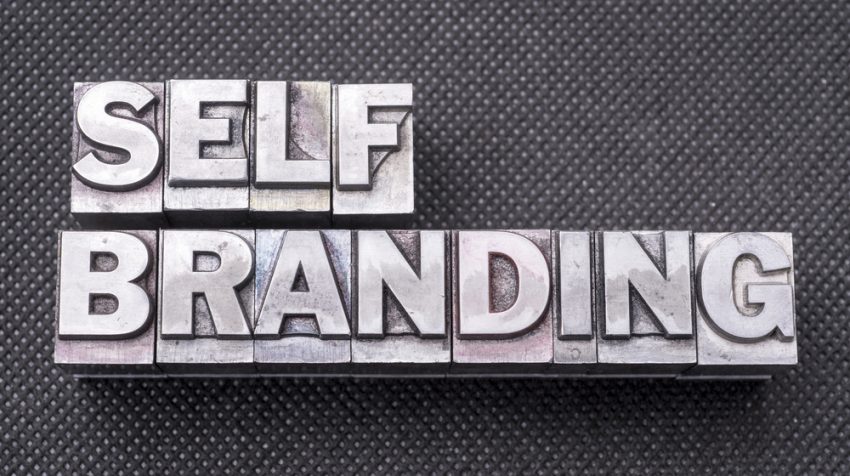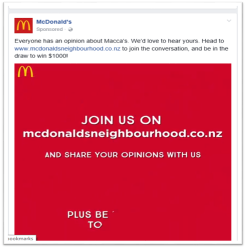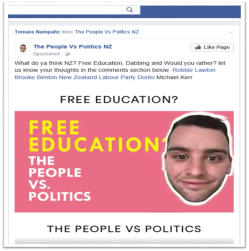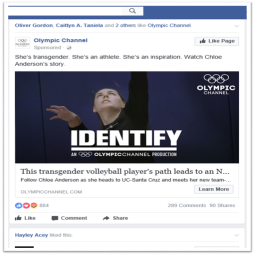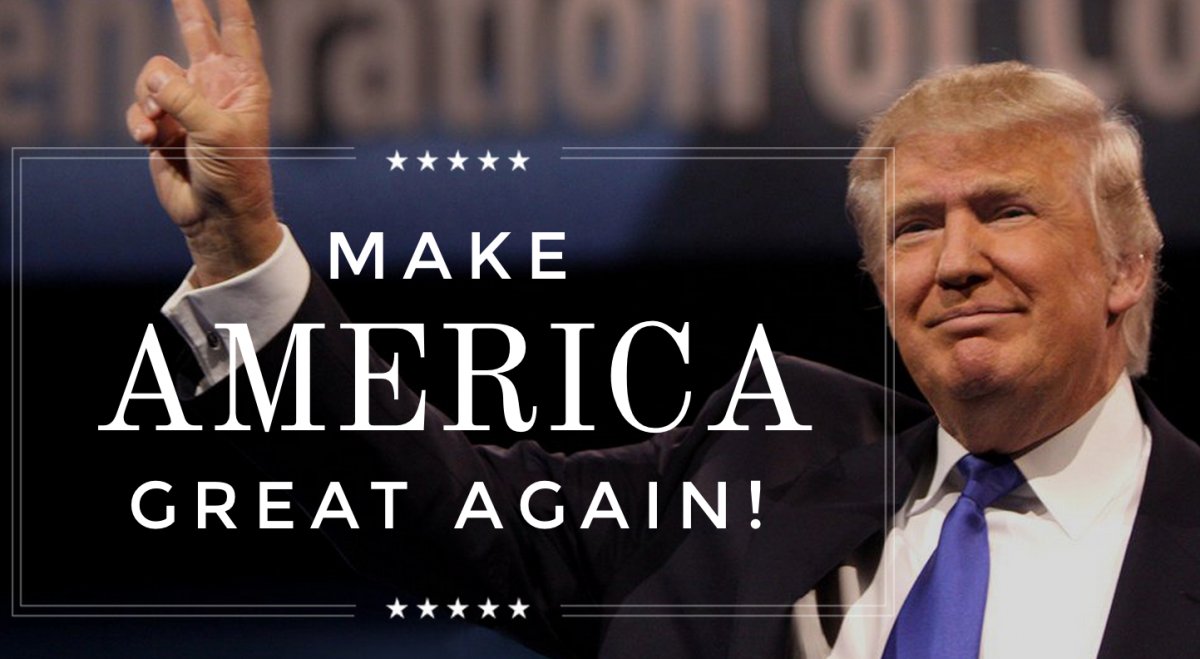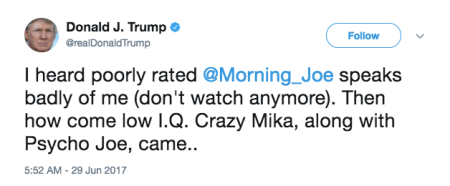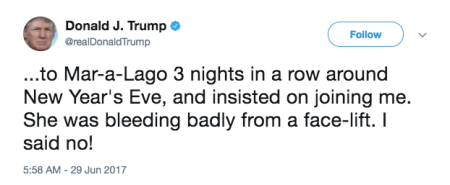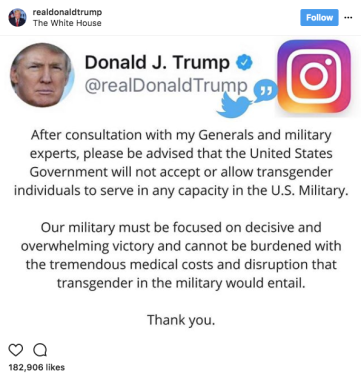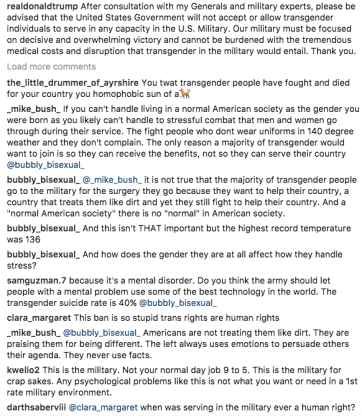Have you ever heard your parents tell you that wouldn’t be able to live without your phone? I have… many times. Have you ever given any thought about it? I haven’t… until now. I asked myself the question of how important is this 14cmx7cm device in my everyday life? Could I live without? So over the last three days, I decided to limit my methods of communication to the Facebook Messenger app only in the hopes that I would finally have an answer to my nagging parent’s claims.
Cons
Over the last three days, I have encountered countless situations where face-to-face communication or verbal communication over the phone would be the practical and most suitable method of communication and so many complications surfaced due to my inability to use such methods. The most common issues that I encountered were:
- Delay in communication.
- Misinterpretation of content.
Communicating with family and friends of a similar age range was relatively simple. There were very little delays in communication because they regularly checked their social media accounts. However, I experienced a great deal of communication delay with family and friends of an older age range as they’re not as active on their social media accounts, despite all having social media accounts. This meant getting hold of an older family member took quite some time.
Because I wasn’t communicating face-to-face, I often encountered problems with misinterpretations of both communication lines. Because there was no way to interpret facial expression and tone of voice, messages were often read in a variety of ways, causing complications and, in some cases, further delays in communication.
Through these experiences only, my chances of surviving in this world with nothing but this 14cmx7cm device seems very unlikely.
Pros
Despite experiencing various complications in the delay and misinterpretation of communication, I found, in one case, that an acquaintance of mine (that is VERY shy) had communicated more openly and freely due to the lack of face-to-face contact. This is where I find this little device to be so essential in our everyday life.
Whether we use Facebook Messenger, Twitter Direct Message, Instagram Direct Message or simply our phone’s SMS, the ability to reach out to people that we wouldn’t usually have to courage to do so is essential to expanding our social life.
Alice Marwick, in her work titled “The Public Domain: Social Surveillance in Everyday Life,” describes her idea of ‘Social Surveillance” where our social media accounts may broadcast a different version of ourselves. Marwick’s idea of ‘Social Surveillance’ translates to my experience with a drastic change in personality between a social media platform and real life.
Conclusion
I hate to say this but… My parents were right! I feel as though communicating only through a social media platform is way to complicated and, to get your genuine message across, verbal or visual contact must be present.
However, I don’t believe that communication via a social media platform isn’t useful at all. The ability to reach out and expand outside of our comfort zone with little to no risk of embarrassment is essential in expanding our social circle and bettering our social life.
So I guess what I should say is… Mum, Dad… you were kind of right.
